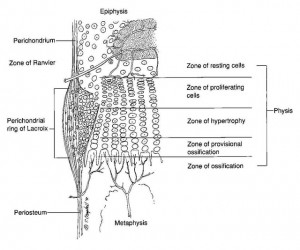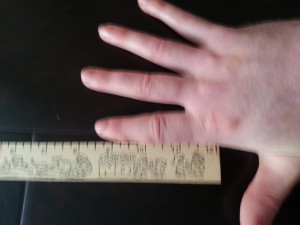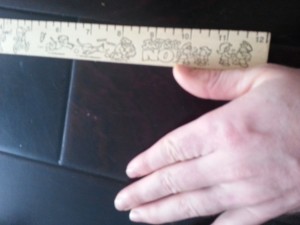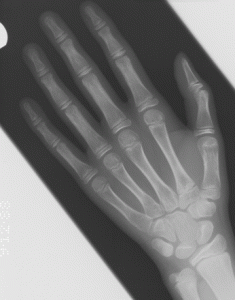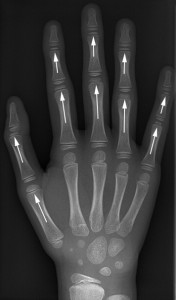Enabling bone formation in the aged skeleton via rest-inserted mechanical loading.
“The mild and moderate physical activity most successfully implemented in the elderly has proven ineffective in augmenting bone mass. We have recently reported that inserting 10 s of unloaded rest between load cycles transformed low-magnitude loading into a potent osteogenic regimen{but is it a chondrogenic regimen?} for both adolescent and adult animals. Here, we extended our observations and hypothesized that inserting rest between load cycles will initiate and enhance bone formation in the aged skeleton. Aged female C57BL/6 mice (21.5 months) were subject to 2-week mechanical loading protocols utilizing the noninvasive murine tibia loading device. We tested our hypothesis by examining whether (a) inserting 10 s of rest between low-magnitude load cycles can initiate bone formation in aged mice and (b) whether bone formation response in aged animals can be further enhanced by doubling strain magnitudes, inserting rest between these load cycles, and increasing the number of high-magnitude rest-inserted load cycles. We found that 50 cycles/day of low-magnitude cyclic loading (1200 microepsilon peak strain) did not influence bone formation rates in aged animals. In contrast, inserting 10 s of rest between each of these low-magnitude load cycles was sufficient to initiate and significantly increase periosteal bone formation (fivefold versus intact controls and twofold versus low-magnitude loading){we’re not looking for periosteal bone formation, we’re looking for neo-growth plate formation but the principles may be the same}. However, otherwise potent strategies of doubling induced strain magnitude (to 2400 microepsilon) and inserting rest (10 s, 20 s) and, lastly, utilizing fivefold the number of high-magnitude rest-inserted load cycles (2400 microepsilon, 250 cycles/day) were not effective in enhancing bone formation beyond that initiated via low-magnitude rest-inserted loading. We conclude that while rest-inserted loading was significantly more osteogenic in aged animals than the corresponding low-magnitude cyclic loading regimen, age-related osteoblastic deficits most likely diminished the ability to optimize this stimulus.”
“While the inability to perceive mild and moderate loading events as stimulatory may reflect potential deficits in numbers and/or viability of mechanosensory (e.g., osteocytic) cells, the inability to initiate and, especially, sustain bone formation more likely reflects potential for deficits in the numbers and/or function of osteoblastic cells. Additionally, the declining availability of biomolecules involved in coordinating and enhancing osteoblastic response to mechanical stimuli (e.g., TGF-β, IGF-1){these biomolecules are involved in chondrogenesis too so it’s important to monitor changes in these biomolecules due to aging} potentially compromises the ability of bone cells in aged tissue to perceive low and moderate magnitude loading events as being stimulatory. Last, the age-related decrease in the surface to volume ratio of bone mineral matrix and increased viscosity of interstitial fluids could decrease biophysical stimuli delivered to bone cells via standard exercise regimens{this could affect neo-growth plate formation too as the degree of biophysical stimuli delivered to cells would affect the ability to form new growth plates}”
“A total of 49 aged female C57BL/6 mice (mean ± SE; 21.5 ± 0.16 months)”
“The device fixes the proximal tibia (at the tuberosity) against motion and applies controlled loads to the distal tibia, thereby placing the tibia diaphysis under “cantilever” bending in the medial–lateral direction.”<-not quite like LSJL.
“a strain versus load calibration curve was determined and yielded peak strains in the range of 800–2400 με at the periosteal surface (and 600 to 1800 με peak strains at the endocortical surface) for loads of 0.4–1.2 N, respectively.”
“rest-inserted loading (particularly at low magnitudes) enhances rates of bone formation by primarily increasing mineral apposition rates compared to cyclic protocols”
“attempts at further enhancing the bone formation response to rest-inserted loading by doubling strain magnitude, inserting rest-intervals, and subjecting animals to five-fold the number of high-magnitude rest-inserted loading cycles were all ineffective in the aged skeleton.”

